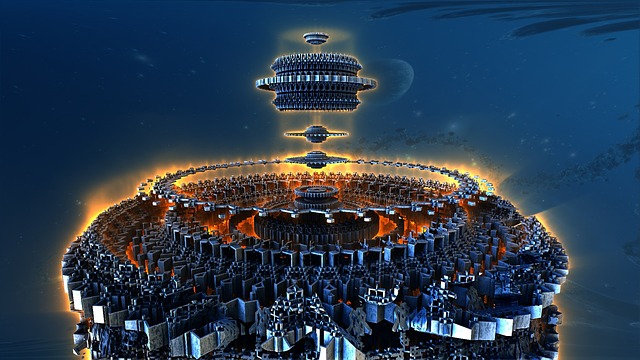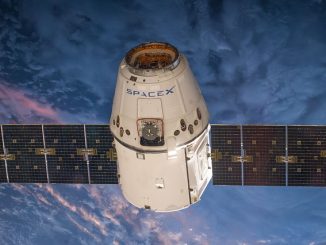
Artificial intelligence (AI) has been able to uncover nearly 7,000 new craters carved into the surface of the Moon in a matter of hours. The finding, which was described in a paper on arXiv, was made by a team of researchers led by Ari Silburt at Penn State University and Mohamad Ali-Dib at the University of Toronto. According to the paper, the crater-counting artificial neural network (ANN) program — the same kind used to train driverless cars — was trained on a dataset of elevation maps covering two-thirds of the moon. The program was then tested on the remaining third of the moon.
The study notes that while the ANN, which was taught to look for craters that were wider than 3 miles, falsely identified a few non-craters, in only a few hours the system become so effective, it not only identified already known billion years old lunar craters but also spotted previously unknown ones. It’s hoped that future advancements of the novel technique could find hundreds of thousands of smaller craters on various Solar System bodies like Mars, Mercury, Ceres, and the icy moons of Jupiter and Saturn, which have a completely distinct surface compared to the moon.
“Crater counting on the Moon and other bodies is crucial to constrain the dynamical history of the Solar System,” the team wrote in their paper.
“This has traditionally been done by visual inspection of images, thus limiting the scope, efficiency, and/or accuracy of retrieval.
“Our results suggest that deep learning will be a useful tool for rapidly and automatically extracting craters on various Solar System bodies.”
Researchers have tried in the past to develop a visual imagery-based convolutional neural network that could spot and count lunar craters but when the technique was used on previously unseen patches of craters it tended to underperform.
By comparison, the new AI program allows researchers to identify and measure craters down to scales smaller than ever while performing twice as well as manual counting.
The Silburt-Ali-Dib team concluded by saying they anticipate the novel algorithm will provide “important new information about the size distribution of Lunar impactors and the formation history of the Moon.”
The work and demonstration of the new ANN, which is currently under review, are published in the journal Icarus.
Reference: Phys.org
- Bulenox: Get 45% to 91% OFF ... Use Discount Code: UNO
- Risk Our Money Not Yours | Get 50% to 90% OFF ... Use Discount Code: MMBVBKSM
Disclaimer: This page contains affiliate links. If you choose to make a purchase after clicking a link, we may receive a commission at no additional cost to you. Thank you for your support!




Leave a Reply